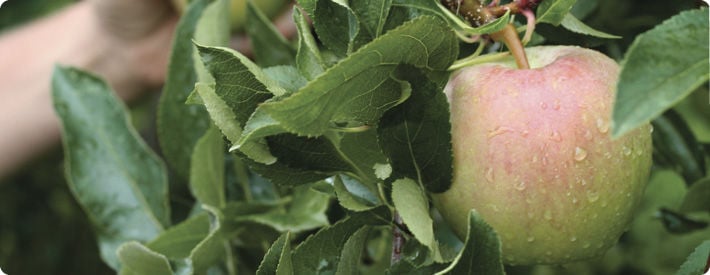Laurel Hedging
Posted on
Laurel hedge plants (Prunus laurocerasus rotundifolia) are also known as Cherry Laurel. The large shiny leaves are dark green on top and pale green underneath. If untrimmed, it will also produce fragrant white flowers followed by red berries.
Laurel in particular is probably the best hedge to grow in shade. They tolerate shade well and are often planted under tree canopies in large estate gardens. All types of laurel will also grow well in full sun.They are evergreen so will give you privacy all year round .
If you want to create some privacy for your garden, laurel is a much more attractive option than a fence. Growing up to two feet per year, it makes for a beautiful and dense living wall that also serves to keep control over invasive brambles and nuisance weeds.
The thickness of its leaves will dampen sounds from traffic and the street while providing an fantastic windbreak.
As well as being good for homeowners, the laurel plant is also useful for wildlife. The thickness of the hedge makes it an ideal place for bird nests. So, aswell as beautiful leaves and aromatic flowers, the laurel also provides you with entertainment from the birds that enjoy living within its branches.
Laurel Care
Don’t be afraid of being hard on your laurel hedge, by cutting it back ‘tight’ each year you will avoid it becoming wider as time goes by taking up more garden space than is necessary and eventually needing drastic remedial action. Regardless of when you cut your laurel hedging plants, we would recommend giving it a balanced feed each Spring before growth starts, ideally together with a generous mulch (applied before dry weather) to retain moisture at the roots during the growing season. Well-treated laurel hedges will make good annual growth and the foliage will be a rich deep green. Healthy laurels like this tend to be trouble-free because they resist pests and diseases .

